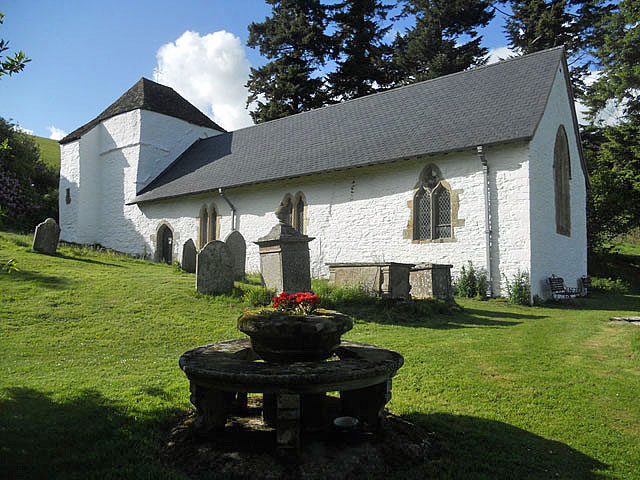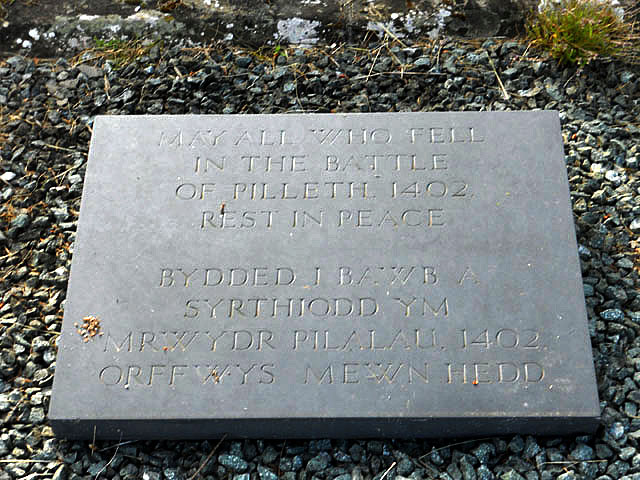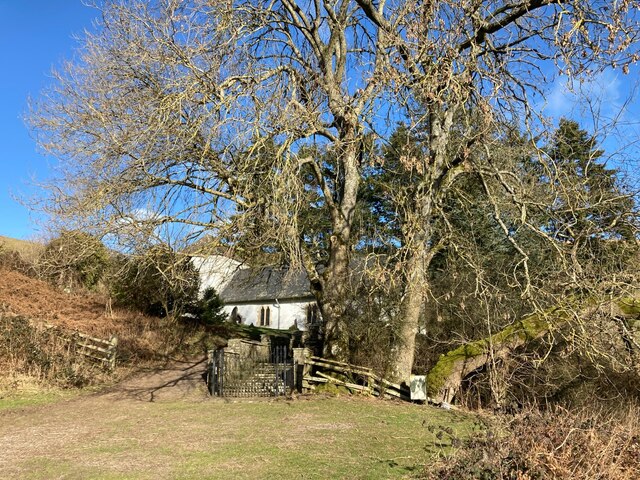Llan-fawr
Hill, Mountain in Radnorshire
Wales
Llan-fawr

Llan-fawr is a hill located in Radnorshire, Wales. It is part of the Cambrian Mountains range and stands at an elevation of 2,008 feet (612 meters) above sea level. The hill is characterized by its rugged terrain, with steep slopes and rocky outcrops. Llan-fawr offers stunning panoramic views of the surrounding countryside, including the rolling hills and valleys of Radnorshire.
The hill is a popular destination for hikers and outdoor enthusiasts, with several walking trails and footpaths leading to the summit. Along the way, visitors can enjoy the diverse flora and fauna that call Llan-fawr home, including heather, gorse, and various species of birds.
Llan-fawr is also steeped in history, with ancient archaeological sites scattered throughout the area. These include burial mounds, stone circles, and remnants of old settlements, providing a glimpse into the hill's past.
Overall, Llan-fawr is a picturesque and tranquil spot, offering visitors a chance to connect with nature and enjoy the beauty of the Welsh countryside.
If you have any feedback on the listing, please let us know in the comments section below.
Llan-fawr Images
Images are sourced within 2km of 52.291313/-3.0971183 or Grid Reference SO2566. Thanks to Geograph Open Source API. All images are credited.



Llan-fawr is located at Grid Ref: SO2566 (Lat: 52.291313, Lng: -3.0971183)
Unitary Authority: Powys
Police Authority: Dyfed Powys
What 3 Words
///digesting.slug.booster. Near Whitton, Powys
Nearby Locations
Related Wikis
Cascob
Cascob (Welsh: Casgob) is a small village in Powys. It is located in a valley five miles to the south-west of Knighton. The village is part of Whitton...
Battle of Bryn Glas
The Battle of Bryn Glas (also known as the Battle of Pilleth) was a battle between the Welsh and English on 22 June 1402, near the towns of Knighton and...
Pilleth
Pilleth is a small village south of Knighton in Powys, Wales in the traditional county of Radnorshire. It is the site of the ancient church and holy well...
Whitton, Powys
Whitton (Welsh: Llanddewi-yn-Hwytyn) is a village and a community in Radnorshire, Powys, Wales. It is located on the B4356 road 4 miles (6.4 km) south...
Have you been to Llan-fawr?
Leave your review of Llan-fawr below (or comments, questions and feedback).

















